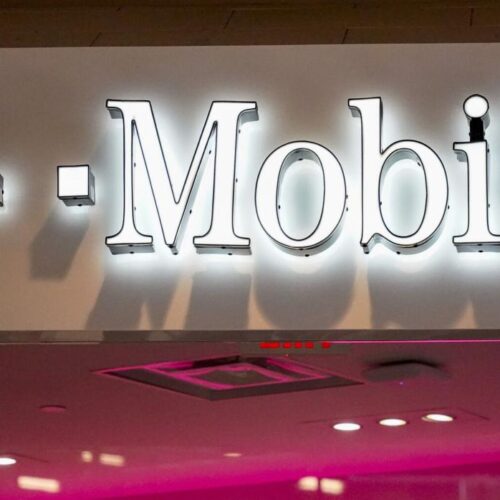You may see [pii_email_019b690b20082ef76df5] error code on your screen but you need not worry. MS Outlook has millions and millions of users worldwide. The email application is always in use. So, sometimes such errors may crop up.
Though MS Outlook is famous for offering a wide range of quality and secured email services, it encounters some programming errors from time to time.
Well, you can’t prevent technical errors. They can affect the application software anytime. However, you can easily fix the error at home without calling a technician.
All that you need is a calm mind with some simple technical skills. For your help, we will explain everything about how to solve MS Outlook errors from scratch without losing one’s cool.
What is [pii_email_019b690b20082ef76df5] error code?
Honestly speaking, <[pii_email_019b690b20082ef76df5]> represents a group of MS Outlook errors on your email server. These errors are quite common and often appear repeatedly on your screen unless you fix them.
Once your PC shows up the error code, you need to work on that. These technical errors won’t let your system work properly. So, we present below some easy DIY hacks to remove such technical bugs at home without any inconvenience.
What are the reasons behind this [pii_email_019b690b20082ef76df5] error?
Any software application is susceptible to encounter various errors. There is no specific reason for why such an error can happen. Start troubleshooting the problem once you see the error.
Interestingly, the error code is specifically relating to MS Outlook’s email software and not the webmail. As long as your PC shows the error, you can normally operate your MS Outlook email from a web browser.
We list out some of the common reasons behind such errors. However, please note that your PC may still get into trouble due to other reasons too.
- Your MS Office isn’t compatible with your Windows OS.
- You accidentally installed corrupted files.
- MS Outlook setting got corrupted.
- You have shut down MS Outlook abruptly – too many times.
- Pending up-gradation of the software.
- The use of pirated software.
The list is not exhaustive. There may be other reasons as well behind such programming errors. It’s more important to look into possible solutions to fix these errors. We will briefly explain some easy solutions to
How to solve or fix the [pii_email_019b690b20082ef76df5] error code?
You have to apply various tricks and tweaks to solve the technical flaw within your PC-based email application. Ideally, I think you should proceed with the following step one by one.
Check Your MS Outlook Setting
The very first step is to check your MS Outlook setting. Please double check for SMTP protocol, user id and password. Also, we recommend you to reset the setting to default. It will automatically fix any erroneous entry and accidental misconfiguration in the setting.
Unlink Extra Email Ids
The MS Outlook application file doesn’t work like webmail. It has a separate rule and setting for that. Usually, we can log in to multiple email accounts on MS Outlook from a browser with their user ids and passwords.
You can also do the same in MS Outlook application. But, it’s safe to link only a single email id to your email client. For other email ids, you can normally use MS Outlook’s webmail on browsers.
If you delink other email accounts and continue with a single email account, then the error will automatically get solved.
Use MS Outlook on Browser
Due to some synchronization errors within the server, your MS Outlook may refuse to work properly and show [pii_email_019b690b20082ef76df5] error. You have to uninstall the program from your PC.
Now, try to use the application as a webmail client on your browser. Hopefully, it will work just like other email ids. Meanwhile wait for a few days, before you start using the application as a software application file.
Uninstall MS Office Suite and Reinstall
It’s simple. As mentioned above, you have to just uninstall the MS Office Suite completely from the system. Now, re-install it again. Hopefully, the application will start working.
Nonetheless, if this trick doesn’t work, then you can try some other tricks and techniques as well.
Fresh Installation of Windows OS
If MS Outlook is your most-used email application, then you can opt for this trick. Simply uninstall your Windows OS. Since it involves a lot of files deletion so backing up all essential data into a separate laptop or hard drive is necessary.
When the un-installation process is complete, then you should install your PC with a new or upgraded Windows OS. With an upgraded OS, your MS Office Suite will work as effectively as ever.
Call Software Expert for [pii_email_019b690b20082ef76df5] Error
When you have already tried above tricks with no respite, then it’s better to call a software technician. They are the expert with considerable knowledge in this field.
They will not only troubleshoot the problem but can also inform you about any other imminent error that your PC may encounter. You can trust them for reliable and effective services. Alternatively, you can contact Microsoft Customer Care for further assistance.
What are the different methods to solve or fix the [pii_email_019b690b20082ef76df5] error code?
As far as possible, we have listed all important solutions to MS Outlook-based errors. If you find them too complicated or technical, then you can take expert guidance from Microsoft technical team.
Conclusion:
All technical errors are annoying but inevitable. You may never know when your computer will suddenly stop functioning. So, your MS Outlook window can display the error at any time. The best option is to get rid of them at the earliest.
You can opt for a licensed MS Office Suite software package for a permanent solution. It may be bit expensive option as you have to pay the full amount while purchasing the software package, but you will get rid of those annoying error codes on MS Outlook window.


![How To Get Rid of [pii_email_019b690b20082ef76df5] Error Code?](https://townbooth.com/wp-content/uploads/2021/11/download-7.png)


